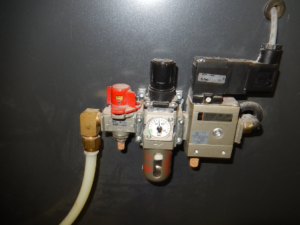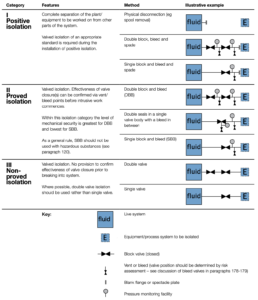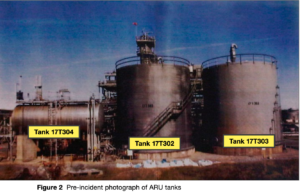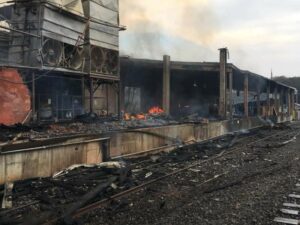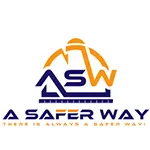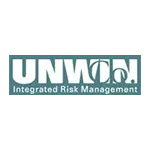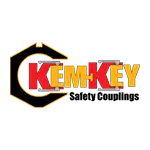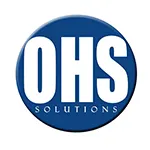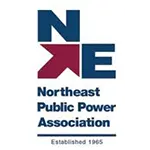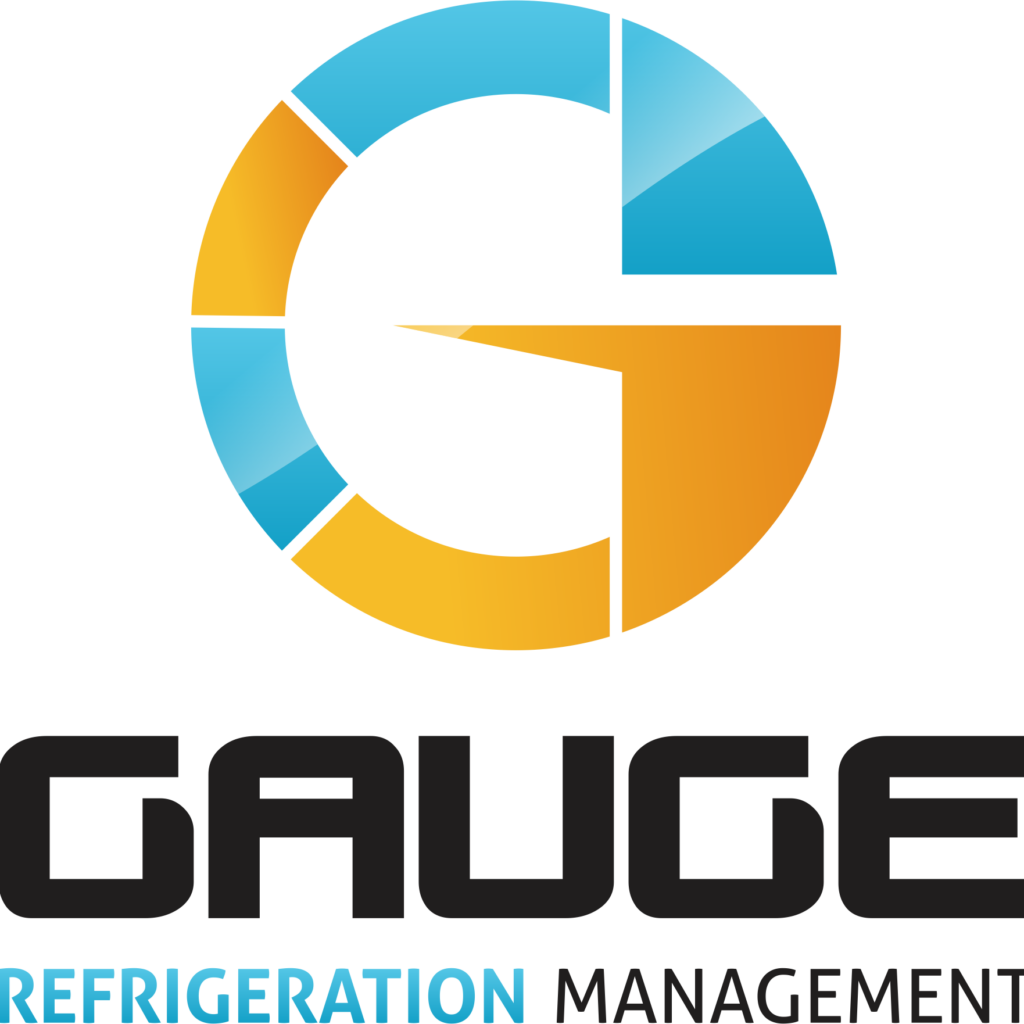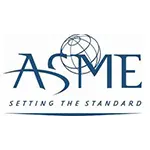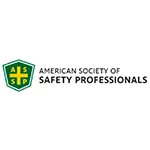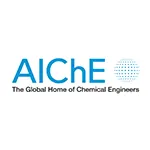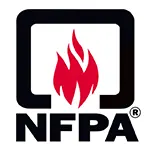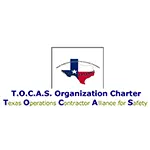SAFTENG Has
- Over 17,500 categorized unsafe acts/conditions and accident/injury photos
- Over 1,400 ppt's & doc's
- Over 3,900 technical articles on Process Safety & Occupational Safety & Health matters
- Over 400 videos
CLICK HERE to Renew your Membership
CLICK HERE for a NEW Membership
CLICK HERE to see eligibility requirements for FREE Membership
If you have any questions, please contact me

I am proud to announce that have extended our”Partners in Safety” agreement for another year (2025).
CI Members, send me an e-mail to request your FREE SAFTENG membership.





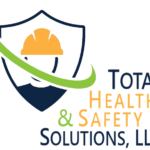





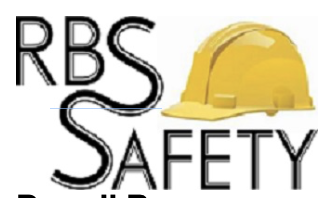


February 24, 2020
This OSHA citation involves items other than LOTO. Still, the LOTO citations caught my eye precisely because the equipment-specific procedures did NOT state how pneumatic sources (e.g., air) were to be verified at a Zero Energy State (ZES). The means to verify a ZES is a critical step in LOTO, and far too often, the procedure will merely state… “Verify Zero Energy” does not...
Read More
February 23, 2020
A lot of older plants in the USA use their water piping as their main ground for a lot of purposes. In one such plant, the grounding connections for the flammable liquid transfers were tied into the water piping. One day a water pipe failed and caused quite a bit of damage; the price to replace the pipe compared to the property and goods damage it caused. In order to make the repair...
Read More
February 23, 2020
A number of years ago a former client decided that process safety was not worth the effort and wanted to get their process below the 10,000 pounds TQ for their LPG. They hired a local architect/engineering firm that had no experience with the storage, handling, and processing of LPGs. This “architect/engineering firm” advised the facility that no MOC would be necessary; later...
Read More
February 23, 2020
The only OSHA standards that make mention of the phrase “Double Block and Bleed” (DB&B) are its Permit-Required Confined Space (PRCS) standards. In both 1910.146(b) and 1926.1203, OSHA defines a DB&B as:
the closure of a line, duct, or pipe by closing and locking or tagging two in-line valves and by opening and locking or tagging a drain or vent valve in the line between the two...
Read More
February 23, 2020
It seems every generation is destined to have its own structure fire tragedy; ours being the Station Nightclub fire in West Warwick, Rhode Island in 2003. In less than 30 minutes, 100 people lost their lives that night (February 20, 2003). I had just started consulting and I can remember it well as almost all of my old bosses were calling me to do fire inspections at their facilities. ...
Read More
February 22, 2020
Since I began consulting I learned of something I thought I would never see… an ASME pressure vessel without a pressure relief device (PRD). Typically when I have come across one of these vessels I have gotten the “grandfather” or “its too small” justification. So let’s discuss these two items and see if they are actually legitimate exceptions to…
UG-125...
Read More
February 22, 2020
This case is going before the full review commission, but below are the ALJ’s view on the citations. This case is what we (the safety profession) warn employers what can happen with a lack of proper oversight. The citations are about as basic as they come and the CSHO nailed the inspection with great documentation and rationale. She found issues with the following and ALL citations...
Read More
February 22, 2020
I will offer my 1-day PRCS training class for SAFETY PROFESSIONALS for FREE as long as a company steps up to sponsor the course. Sponsoring a course means you provide the training accommodations and lunch; SAFTENG provides the training and materials. The sponsor gets 3-5 seats in the class in return for sponsoring the course.
I prefer this to be done within 4-hrs of Cincinnati, OH; but I am willing...
Read More
Contractor Safety training at petroleum refining or petrochemical manufacturing facilities (WA-OSHA)
February 21, 2020
The department is initiating rulemaking to implement the advanced safety training requirements for High Hazard Facilities. Chapter 49.80 RCW, enacted in 2019, requires owners of petroleum refining or petrochemical manufacturing facilities to use a skilled and trained workforce when contracting for construction, alteration, demolition, installation, repair, or maintenance work. By January 1, 2022, all...
Read More
February 20, 2020
Shortly after 6 pm, on June 2, 2011, an atmospheric storage tank within the amine regeneration unit exploded. A fireball split the tank open and killed four (4) workers. The sole survivor sustained severe burns and suffered life-changing injuries. The force of the explosion ejected the five-ton steel tank roof over 180 feet through the air. After narrowly missing a multi-fuel pipe track, the...
Read More
February 17, 2020
Last week EPA updated its National Compliance Initiative: Reducing Accidental Releases at Industrial and Chemical Facilities data and included an updated photo…
Is this another “shot across the bow” to the ammonia refrigeration industry?
They also updated their data with their 2019 Inspections:
…
HomeRead More »
Read More
February 16, 2020
So much media coverage of the explosion in Northwest Houston on January 24, 2020. It is assumed that the explosion was caused by a propylene leak, a flammable gas that most people had never heard of before the explosion. What is so sad is that some politicians are jumping on board this tragedy and calling for OSHA and EPA to answer why this facility was not a PSM and RMP facility. ...
Read More

